DreamBox Maths’ manipulatives for Key Stage 1
A common challenge faced by teachers is getting their pupils to understand the why behind mathematical concepts, and moving away from simply getting to the right answer by relying on recall.
The use of manipulatives to reveal mathematical structures and develop that understanding has been key, with the EEF’s Improving Mathematics in the Early Years and Key Stage 1 report highlighting their benefits and sharing guidance to educators such as:
- They can help children make sense of mathematical concepts, develop visual images, and increase engagement and enjoyment.
- Ensure there is a clear rationale for using a particular manipulative to teach a specific mathematical concept.
DreamBox Maths supports early years mathematical development with highly engaging, interactive manipulatives that align closely with the KS1 National Curriculum. These tools are carefully selected to teach specific concepts, build conceptual understanding and number fluency by allowing young learners to explore, manipulate and visualise numbers in meaningful ways.
DreamBox Maths' manipulatives alignment with KS1 curriculum and EEF guidelines
DreamBox Maths’ manipulatives empower young learners to develop confidence and curiosity in maths, providing them with the tools to make sense of numbers before formal algorithms are introduced.
The hyper-adaptive nature of the programme means it not only personalises learning journeys based on lesson outcomes - it also has in-lesson personalisation based on how pupils interact with each question. Therefore, when a pupil is showing good understanding within a lesson, it will automatically and appropriately reduce the level of scaffolding within the manipulative. Equally, if a pupil is continuously struggling, the programme will provide encouragement, additional support and added scaffolds.
DreamBox Maths uses over 30 digital manipulatives to support foundational maths, including:
- Rekenreks (wreck and wrecks) – Build number sense, support subitising and early counting.
- Ten frames – Visualise numbers within 10 and 20 and build early addition/subtraction fluency.
- Counting collections and cubes – Instil grouping, skip counting and early multiplication concepts.
- Bar models – Introduce part-whole relationships.
- Pattern blocks – Support shape recognition and spatial reasoning.

We started decimals just before DreamBox Maths, and it was hard at first. But the dials [manipulatives] in the programme helped me see how decimals work.
How the digital manipulatives map to KS1 domains
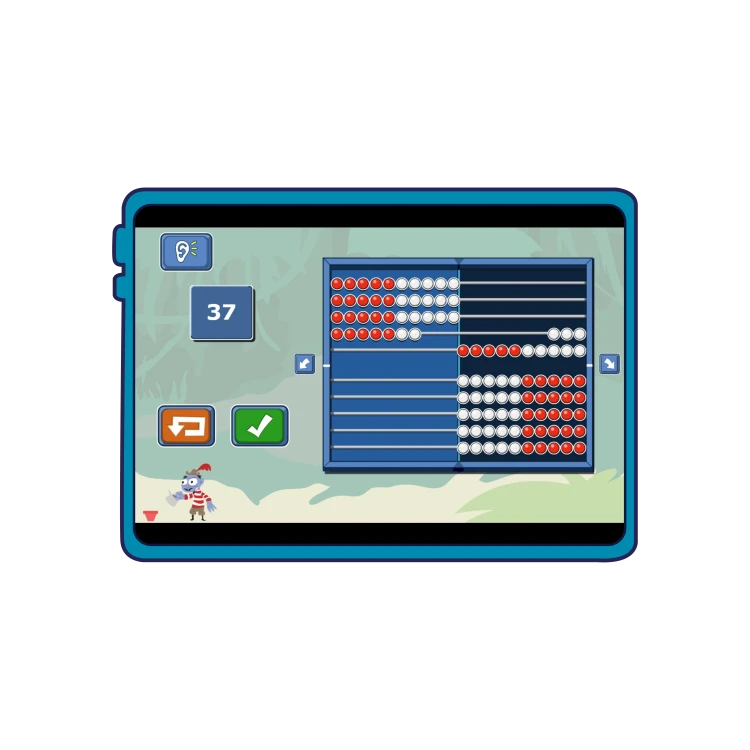
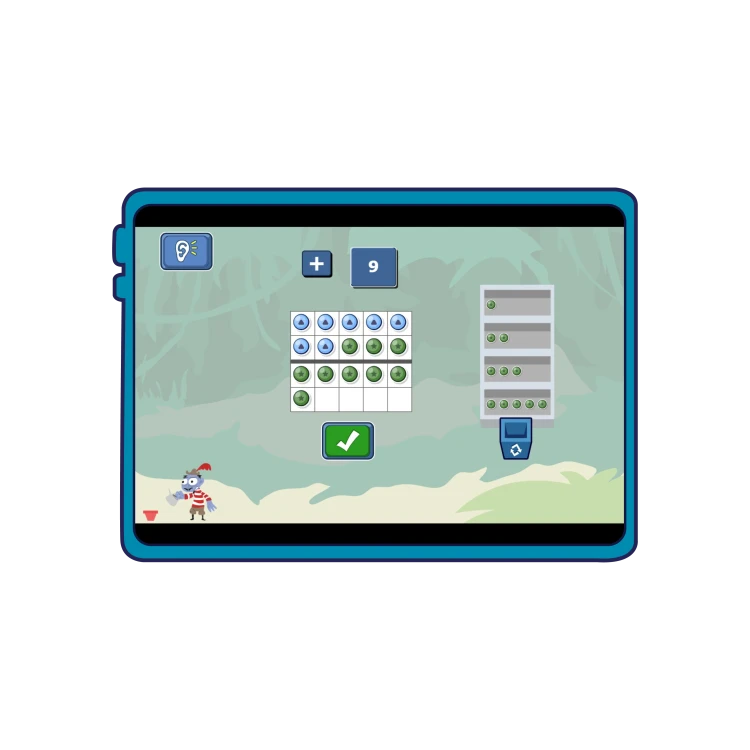
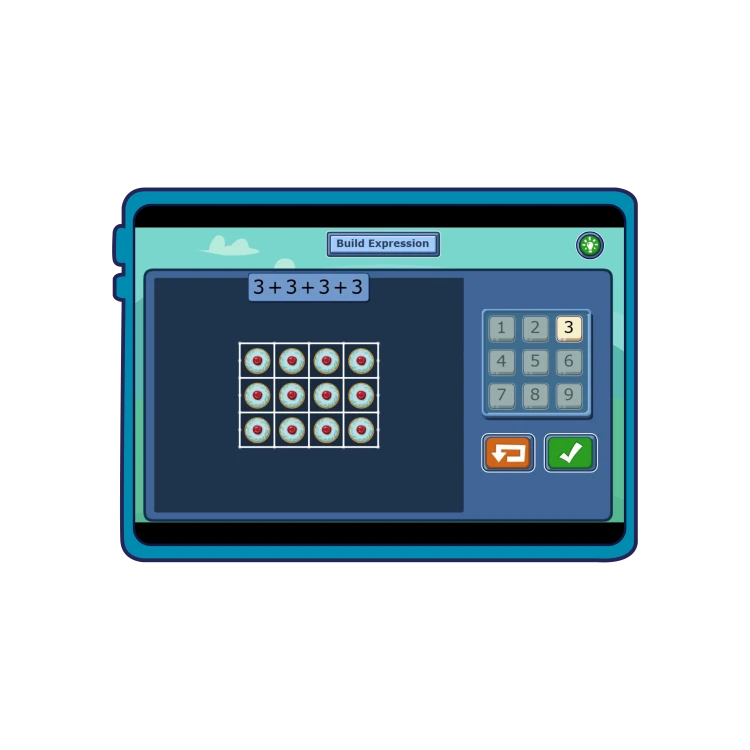
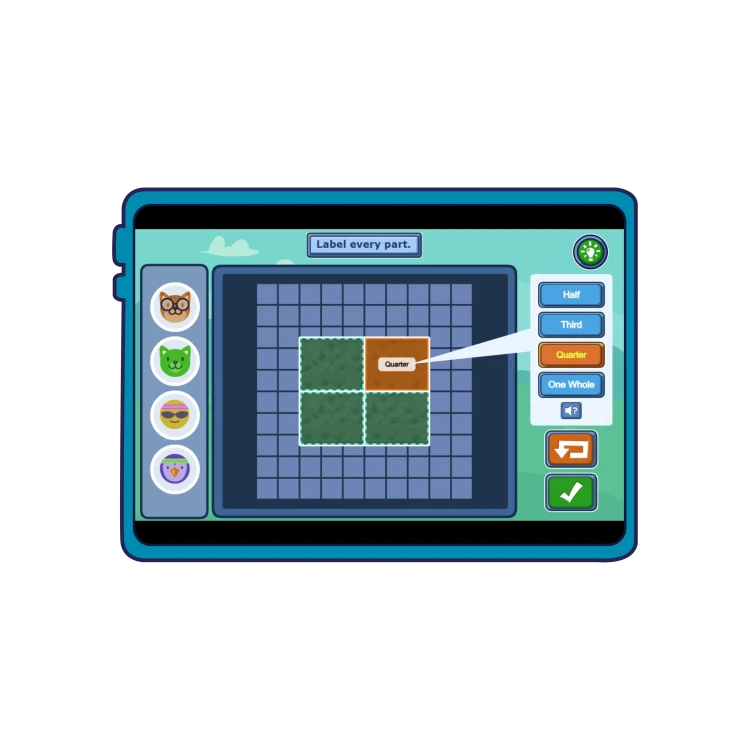
Number and place value
Curriculum focus: Counting to 100, reading/writing numbers, understanding place value (tens and ones).
DreamBox Maths’ manipulatives
- Rekenreks.
- Ten frames.
- Number lines.
- Place value blocks.
Addition and subtraction
Curriculum focus: Representing and solving number bonds and related facts to 20.
DreamBox Maths’ manipulatives
- Ten frames.
- Rekenreks.
- Number lines.
- Bar models.
Multiplication and division (Year 2)
Curriculum focus: Counting in 2s, 5s, 10s. Understanding arrays and repeated addition.
DreamBox Maths’ manipulatives
- Arrays.
- Counting collections.
- Number lines.
- Cubes.
Fractions
Curriculum focus: Recognising halves, quarters and thirds. Understanding part-whole relationships.
DreamBox Maths’ manipulatives
- Fraction tiles.
- Bar models.
- Area visuals.
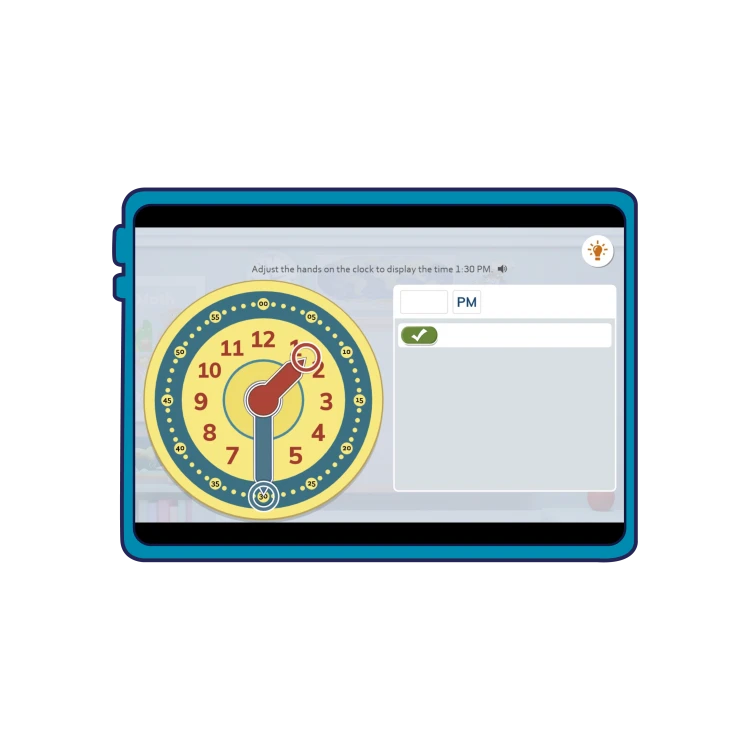

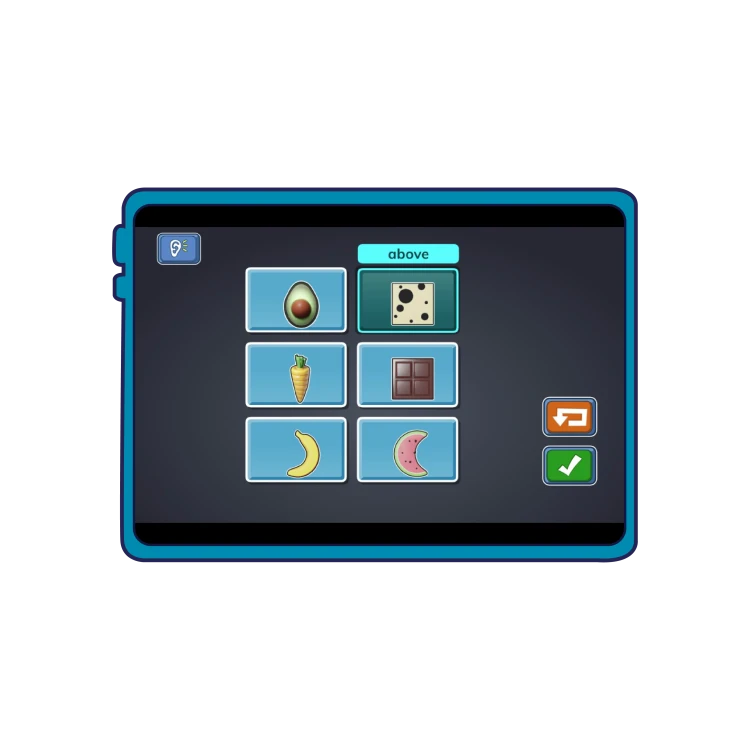
Measurement
Curriculum focus: Telling the time. Measuring lengths, weights and capacities.
DreamBox Maths’ manipulatives
- Interactive clocks.
- Virtual rulers and scales.
- Comparison tools.
Geometry – Properties of shape
Curriculum focus: Recognising 2D and 3D shapes, and describing their properties.
DreamBox Maths’ manipulatives
- Shape sorters.
- Pattern blocks.
- Shape composition tools.
Geometry – Position and direction
Curriculum focus: Describing position, movement and turns.
DreamBox Maths’ manipulatives
- Directional manipulatives.
- Rotation tools.
- Grids.
Other benefits include:
- Building foundational number sense visually and kinaesthetically.
- Making abstract early maths concrete through exploration.
- Encouraging mathematical language and reasoning.
- Supporting mastery through play-based learning.
- Adhering to the Concrete–Pictorial–Abstract (CPA) approach essential in KS1.
